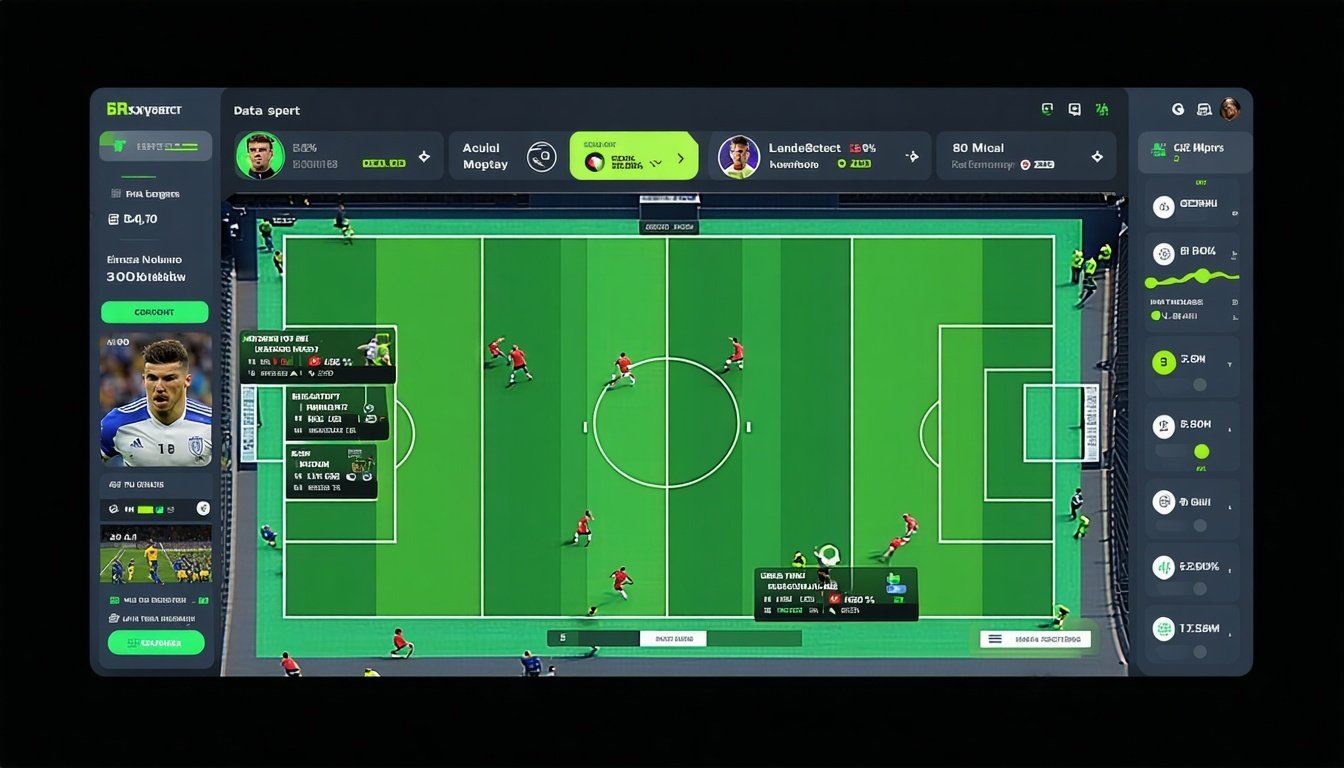The world of sports is undergoing a seismic shift as real-time data analytics becomes the cornerstone of performance and strategy. Discover how this technological evolution is shaping the future of sports.
Unveiling the Power of Real-Time Data in Sports
The integration of real-time data analytics in sports has transformed the way teams, coaches, and analysts approach the game. By capturing and analyzing data as events unfold, stakeholders can make more informed decisions on the fly. This shift from traditional post-game analysis to live data interpretation allows for immediate adjustments in strategy and performance.
The power of real-time data extends beyond just in-game decision-making. It also enhances fan engagement by providing up-to-the-minute statistics and insights, creating a more immersive viewing experience. As technology continues to advance, the ability to process and utilize real-time data will only become more sophisticated, solidifying its place as a fundamental component of sports analytics.
How Real-Time Analytics is Revolutionizing Player Performance
Real-time analytics is a game-changer for monitoring and improving player performance. Wearable technology and advanced sensors collect data on a player’s biometrics, movements, and exertion levels in real-time. This data is then analyzed to provide immediate feedback, allowing coaches to make on-the-spot adjustments to training regimens and game strategies.
Moreover, real-time analytics helps in injury prevention and recovery. By continuously monitoring a player’s physical condition, teams can identify potential injury risks before they become serious issues. This proactive approach not only extends the careers of athletes but also ensures that they perform at their peak levels consistently.
The Role of AI and Machine Learning in Real-Time Sports Analytics
Artificial Intelligence (AI) and Machine Learning (ML) are integral to the advancement of real-time sports analytics. These technologies enable the processing of vast amounts of data at unprecedented speeds, uncovering patterns and insights that would be impossible for humans to detect manually.
AI and ML algorithms can predict player performance, optimize game strategies, and even anticipate opponent moves. These predictive capabilities allow teams to stay one step ahead, making data-driven decisions that enhance their competitive edge. As AI and ML continue to evolve, their integration into sports analytics will become even more seamless and impactful.
Emerging Trends in Sports Analytics: What to Expect by 2025
The future of sports analytics is set to be dominated by several emerging trends. One of the most significant is the increased use of augmented reality (AR) and virtual reality (VR) to visualize real-time data. These technologies will provide coaches and players with immersive experiences that can simulate game scenarios and training environments.
Another trend is the democratization of sports analytics, making advanced tools and insights accessible to amateur and youth sports organizations. This will level the playing field and foster talent development from a young age. By 2025, we can also expect advancements in data security and privacy measures, ensuring that the vast amounts of data collected are protected and used ethically.
Leveraging Real-Time Data for Strategic Decision Making
Strategic decision-making in sports is increasingly reliant on real-time data. Coaches and managers can access live data feeds to make tactical adjustments during games, such as player substitutions or formation changes. This real-time insight allows for more dynamic and responsive strategies that can adapt to the unfolding events of a match.
Off the field, real-time data helps in scouting and recruitment. By analyzing real-time performance data, teams can identify potential recruits who fit specific criteria and make informed decisions on player acquisitions. This data-driven approach ensures that teams build rosters that are not only talented but also strategically aligned with their long-term goals.




